Journal article
Sustainable Development of Nigeria's Solid Minerals Through Metal Recycling: a Review
Metal recycling as a path way to sustainable development of Nigeria solid minerals deposits has been reviewed. This paper brings to bear the United Nations Sustainable Development Goals (2015-2030), classification of solid mineral deposits in Nigeria, potential contribution of the solid mineral sector to the nation's gross domestic product (GDP), lifetime (lifecycle) management of a mineral resource, sustaining mineral resource through metal recycling (use of secondary materials) with some of its accompanying benefits, economics of metal recycling and the need for environmental impact assessment when sitting a recycling plant. The review has revealed the following; Metal recycling could oil the nation's wheel of realising some of the objectives of the United Nations Sustainable Development Goals (SDGs), every state in Nigeria has at least one solid mineral deposit, one tonne of steel made from recycled steel translates to saving 1,115kg of iron ore, 625kg of coal and 53kg of limestone, recycling results in reduction of about 200 million tonnes yearly of CO2 emissions, recycling also results in 76%, 40% and 86% reduction in water pollution, water USAge and air pollution respectively and energy savings derivable from recycling 39% aluminum, 31% copper, 74% lead, 42% steel and 20% zinc are 95%, 85%, 60%, 62-74% and 60% respectively. Therefore, metal recycling provides one of the viable tools for sustaining the nation's solid mineral deposits especially the metallic ores for the benefit of generations yet to be born.
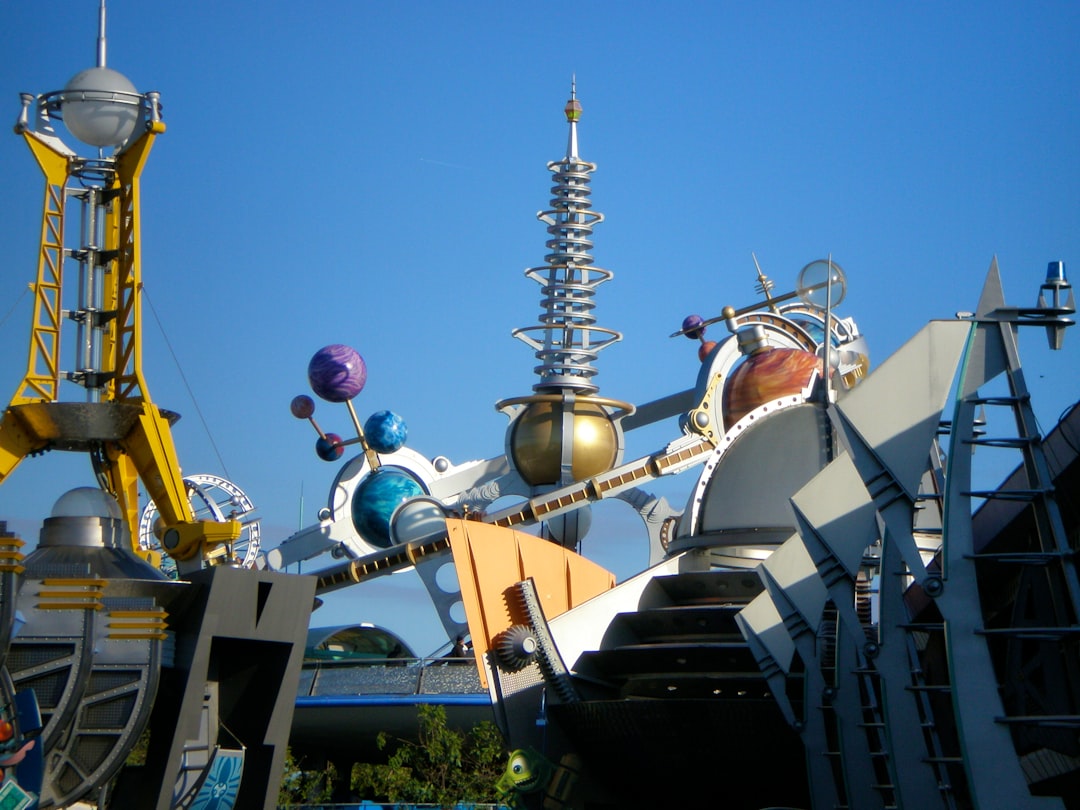

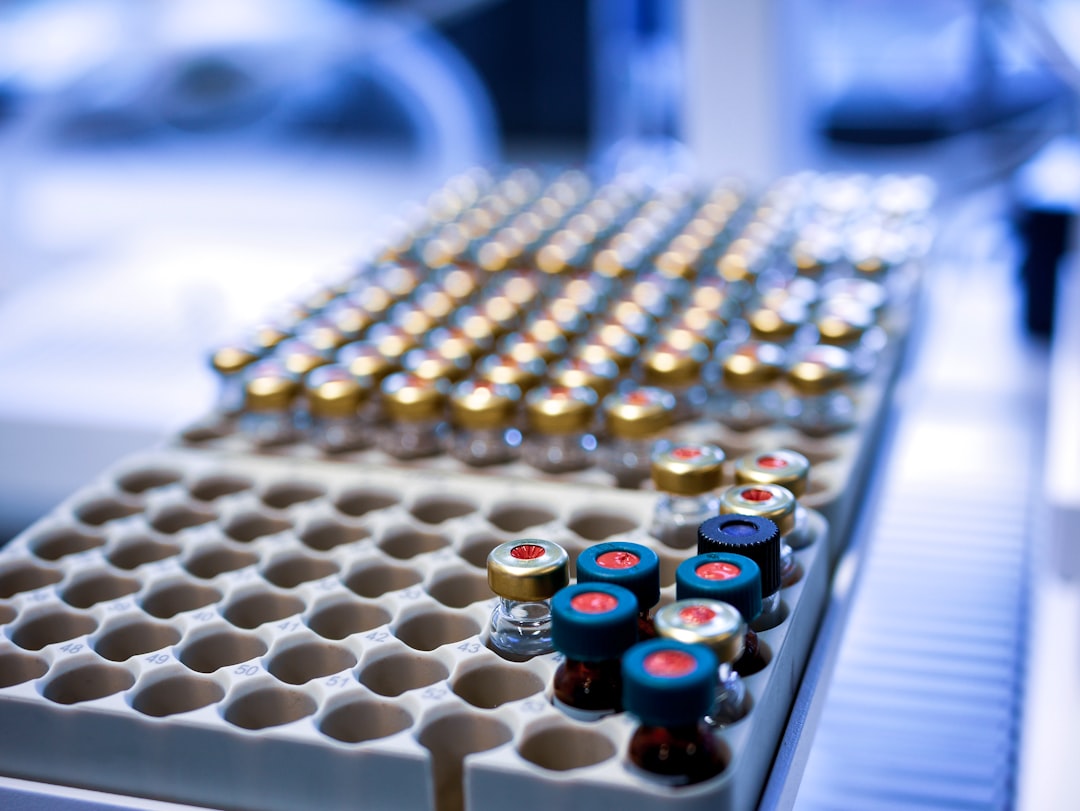





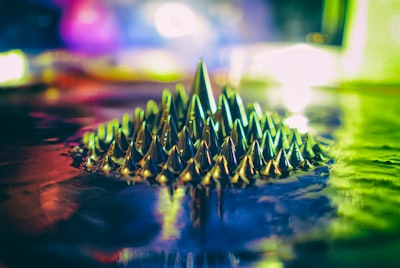



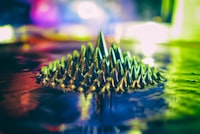


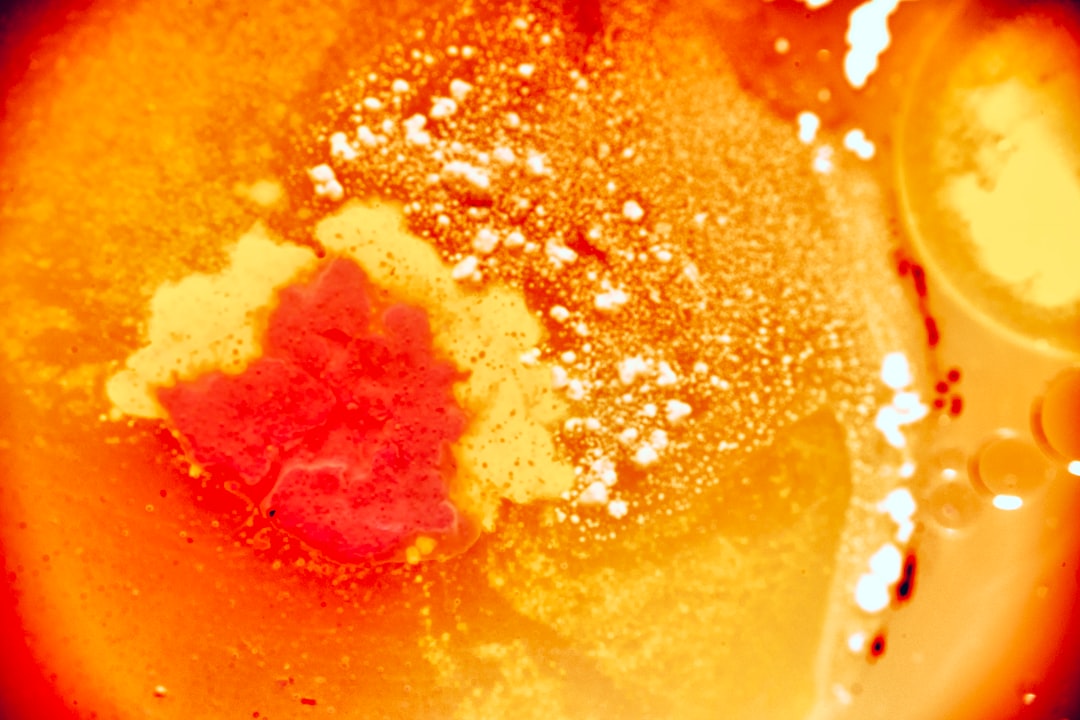
![Analisis Efisiensi Irigasi Tetes Pada Berbagai Tekstur Tanah Untuk Tanaman Sawi (Brassica Juncea) [Efficiency Analysis of Drips Irrigation on Various Land Texture for Green Mustard (Brassica Juncea)] Image](https://images.unsplash.com/photo-1576089275954-40cd98bfcfdb?crop=entropy&cs=tinysrgb&fit=max&fm=jpg&ixid=MnwxOTk4MjJ8MHwxfHNlYXJjaHwzMjF8fHNjaWVuY2V8ZW58MHwwfHx8MTY2NTk5NjAzNA&ixlib=rb-1.2.1&q=80&w=1080&auto=format&auto=enhance)
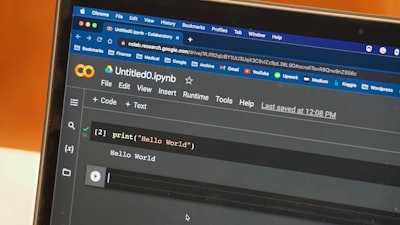


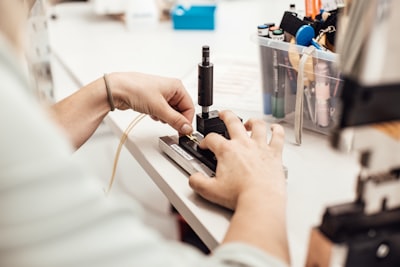






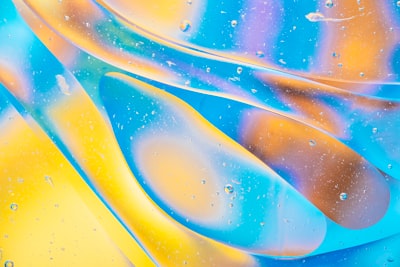





![Rancang Bangun Tungku Biomassa Mesin Pengering Rumput Laut Kapasitas 600 Kilogram Per Proses [Design of Biomass Furnace for Seaweed Drying Machine with Capacity of 600 Kilograms Per Process] Image](https://images.unsplash.com/photo-1652821407004-6660b6e4fa9e?crop=entropy&cs=tinysrgb&fit=max&fm=jpg&ixid=MnwxOTk4MjJ8MHwxfHNlYXJjaHwxMzMyfHxzY2llbmNlfGVufDB8MHx8fDE2NjU5OTYwNTA&ixlib=rb-1.2.1&q=80&w=1080&auto=format&auto=enhance)

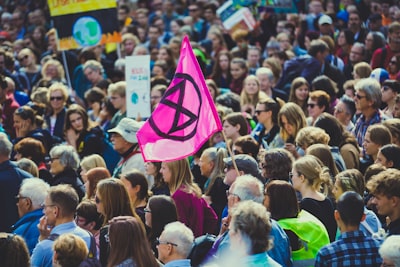

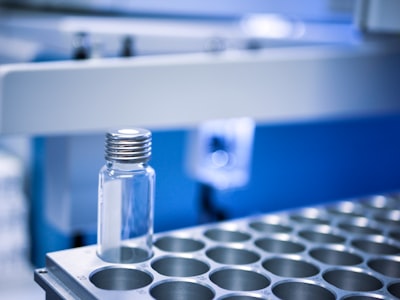









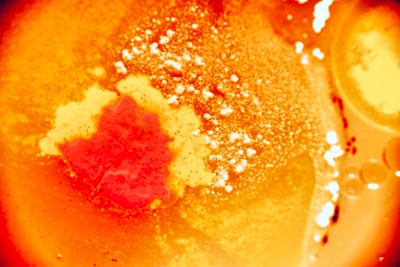
![Analisis Efisiensi Irigasi Tetes Pada Berbagai Tekstur Tanah Untuk Tanaman Sawi (Brassica Juncea) [Efficiency Analysis of Drips Irrigation on Various Land Texture for Green Mustard (Brassica Juncea)] Image](https://images.unsplash.com/photo-1576089275954-40cd98bfcfdb?crop=entropy&cs=tinysrgb&fit=max&fm=jpg&ixid=MnwxOTk4MjJ8MHwxfHNlYXJjaHwzMjF8fHNjaWVuY2V8ZW58MHwwfHx8MTY2NTk5NjAzNA&ixlib=rb-1.2.1&q=80&w=200&auto=format&auto=enhance)